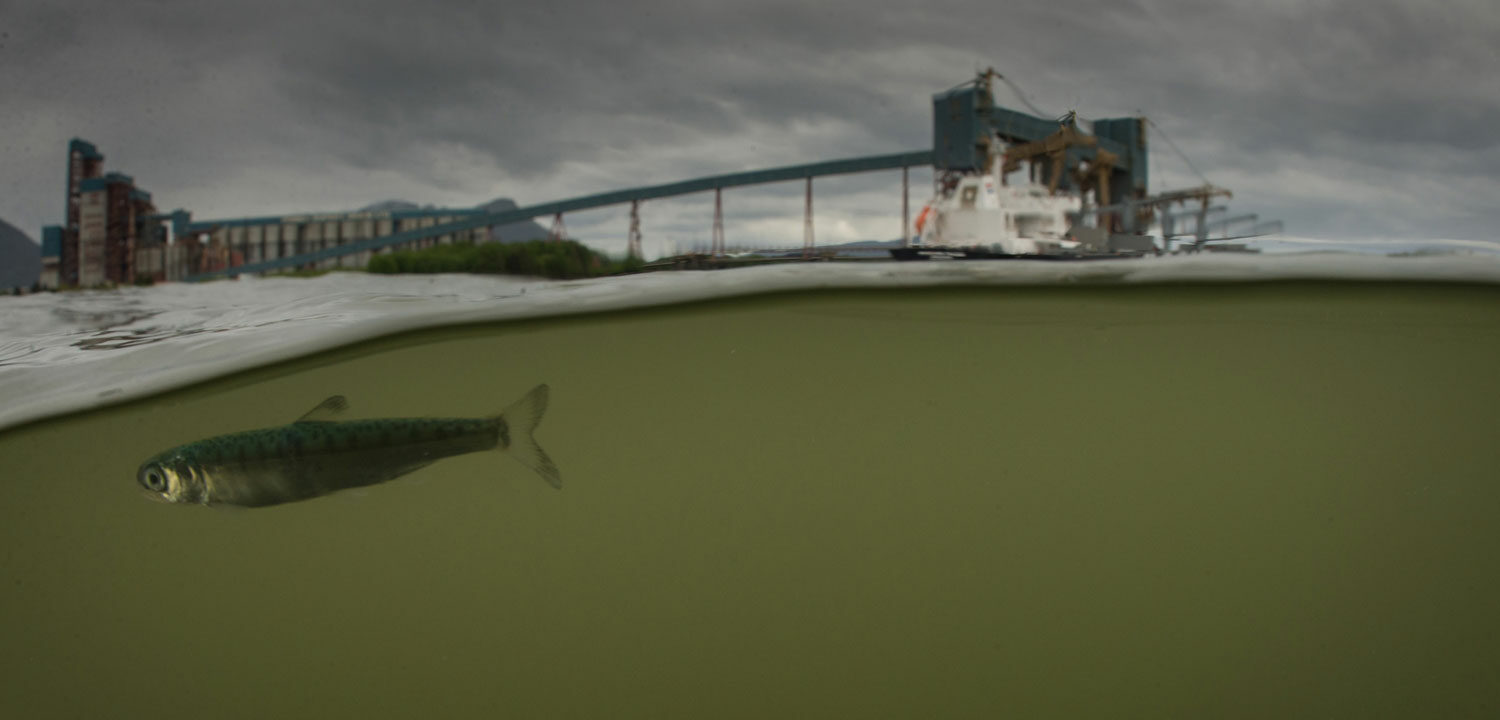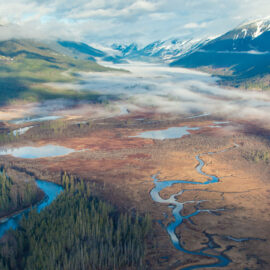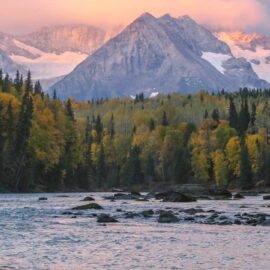After scientists raise questions about Skeena LNG project’s impacts on salmon, Canadian ministers press company for answers.
Canada’s minister for environment and climate change has delayed a decision on a $12 billion liquefied natural gas terminal at the mouth of the Skeena River, amid new concerns about the project’s impacts on salmon and climate change.
Catherine McKenna announced the delay on March 21, following a letter to her by more than 130 Canadian and international scientists. They called the federal project review “flawed” for vastly underestimating risks to salmon.
The Pacific Northwest LNG cooling and export facility, backed by Malaysia’s state oil company Petronas, would be built in the estuary of the Skeena, Canada’s second largest wild salmon river and a stronghold for Pacific salmon. Home to some of the largest Chinook and steelhead ever recorded, the river’s combined tribal, recreational, and commercial fishing economy is worth $110 million a year.
The export facility would include a Golden Gate-sized bridge over Flora Bank, an eelgrass bed used by juveniles from at least 40 different salmon populations originating throughout the Skeena River and beyond. Threatening this vulnerable biological bottleneck threatens the entire Skeena River system.
“The federal review ignored much of the science demonstrating Flora Bank’s importance to Skeena salmon, and therefore the review stands on shaky ground,” said Matt Sloat, Wild Salmon Center’s director of science and one of the letter’s signatories.
Canadian environmental authorities have also raised concerns about the energy-intensive LNG facility’s impact on climate change. According to statistics provided by the project builders and presented in the environmental review, the project would raise British Columbia carbon emissions by 8.5%.
The emissions totals climb when considering upstream methane emissions released during the ongoing hydraulic fracturing – “fracking” – needed to extract gas from deep deposits, before it is exported. Those emissions would bring the project total to as much as 22.5% of BC’s carbon emission budget.
That would make this project one of the largest sources of greenhouse gases in Canada and jeopardize the country’s commitment to combat climate change as part of the 2015 Paris accord.




